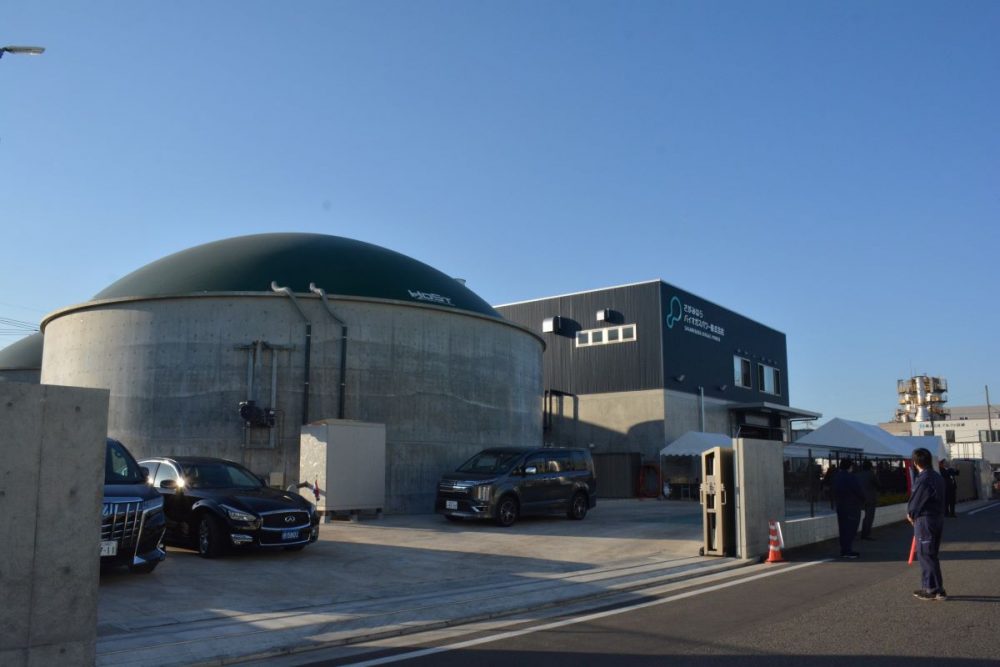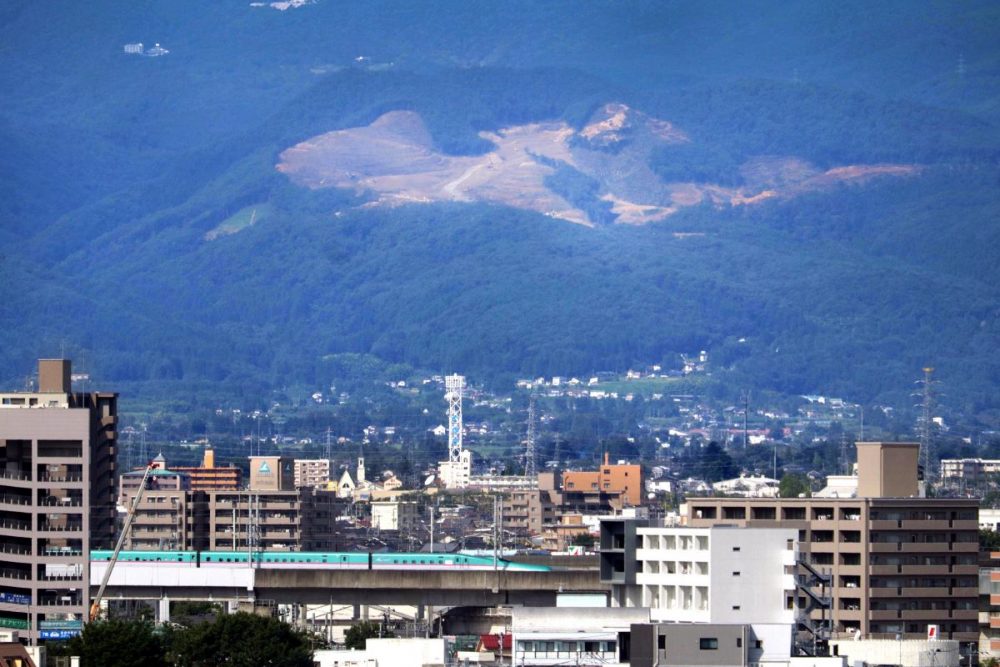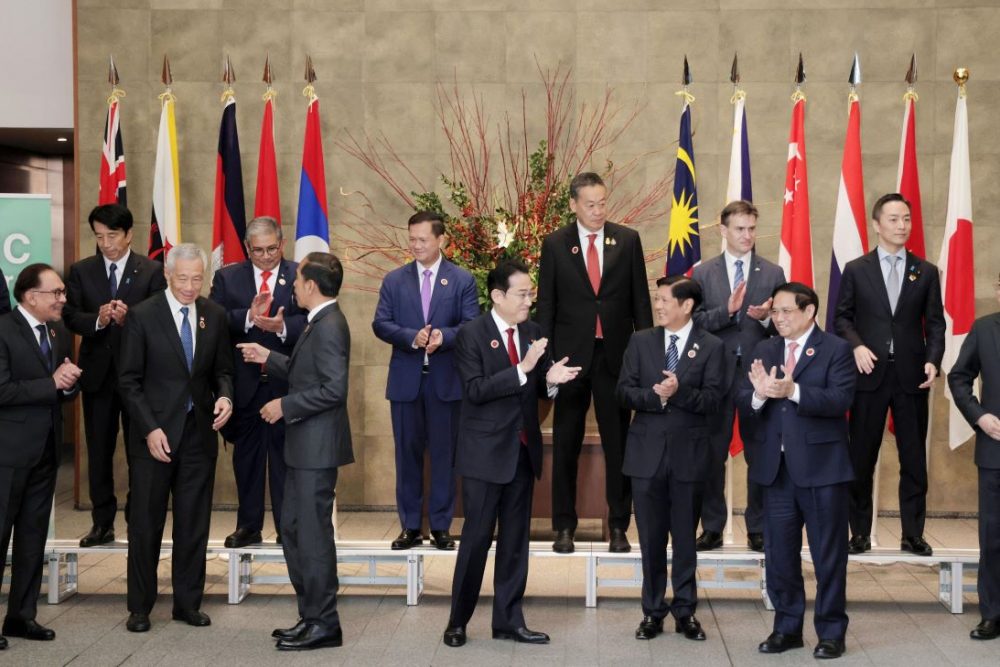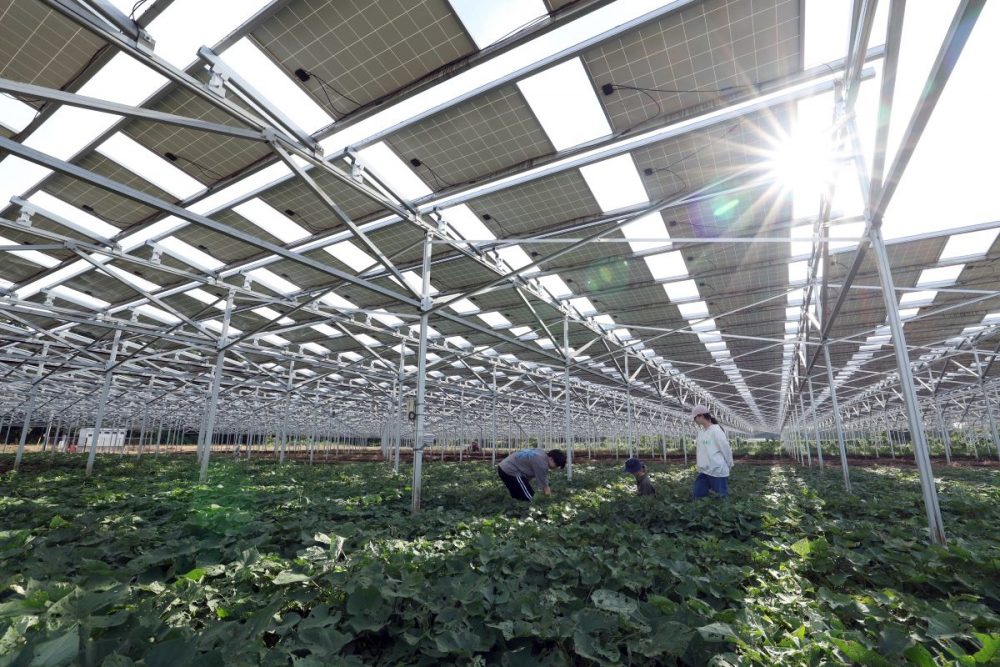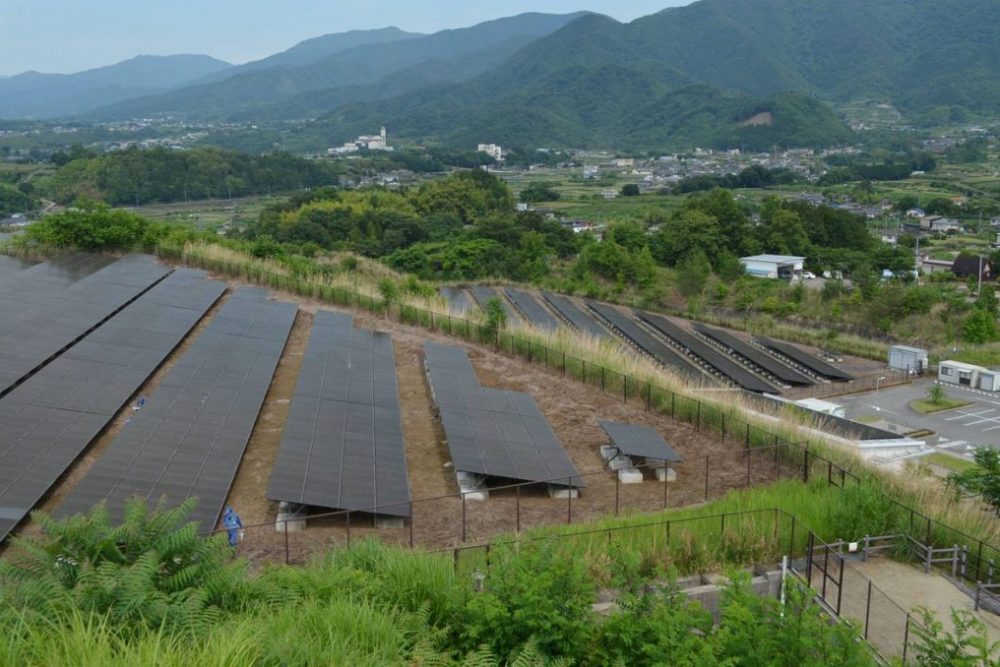Hokkaido Town Pioneers Next-Gen Biofuel and Power Generation from Livestock Waste
Shikaoi Town in Hokkaido uses livestock manure to generate electricity and produce hydrogen for FCVs, even channeling surplus heat into farming and aquaculture.
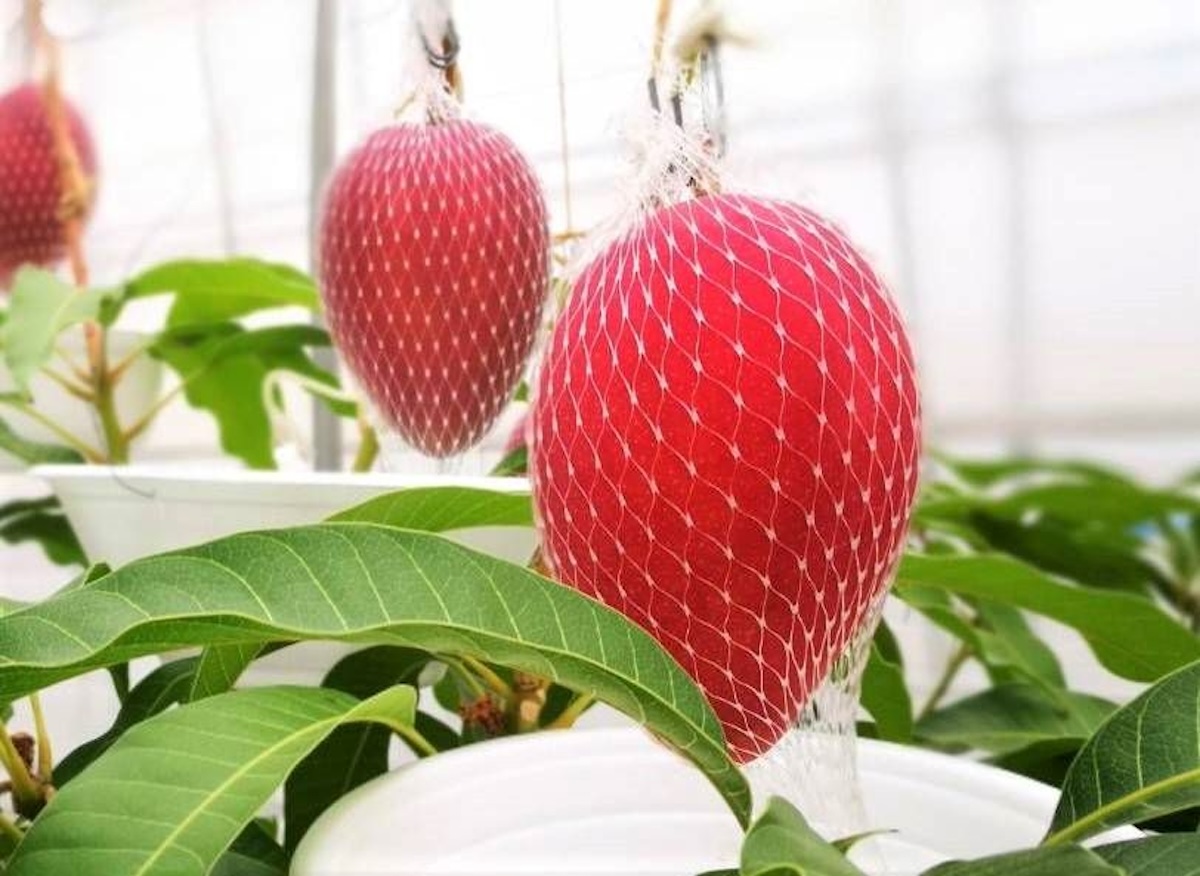
このページを 日本語 で読む
Livestock biomass energy is a hot topic. It is a system of fermenting manure from livestock to produce biogas that is utilized to generate electricity. Shikaoi Town in Hokkaido began a livestock biomass energy initiative 17 years ago. Now, the town is using this energy for both agriculture and aquaculture. Products produced include mangoes and sturgeons farmed for high-end caviar. The town is also producing hydrogen, a promising next-generation fuel.
Discovering an Energy Source
The scenery of Shikaoi Town is characterized by vast plains typical of Hokkaido. With a population of just over 5,200, Shikaoi is known for its dairy farming industry. The town's 21,000 dairy cows far outnumber human residents.

The town began generating energy from livestock biomass 17 years ago. At the time, local dairy farms were growing. This brought about an increase in complaints from townspeople and visiting tourists about smells from insufficiently fermented livestock manure spread on fields, according to Shikaoi's Agricultural Promotion Division.
The problem spurred the town to look for a solution. After ten years of research and visits to other areas carrying out leading initiatives, the town opened a biogas plant called the Environmental Conservation Center in October 2007. This facility can process the manure from 1,870 cattle per day.
Collected dairy cow manure, food waste, and sludge are fermented at the facility to produce biogas. The gas is then used to generate electricity with two gas generators. Surplus electricity is sold to Hokkaido Electric Power. Once refined and compressed, the biogas can be used in equipment that runs on burning methane. The town is moving forward on plans for use in biofuel-powered vehicles.
Growing Mangoes and More
The town's efforts do not stop there. Since 2014, they have been using surplus heat from power generation to grow mangoes and other crops in greenhouses on the plant premises. Ripened mangoes are shipped out during the year-end season when they can sometimes fetch prices as high as ¥20,000 to ¥30,000 JPY ($125 to $170 USD) each.
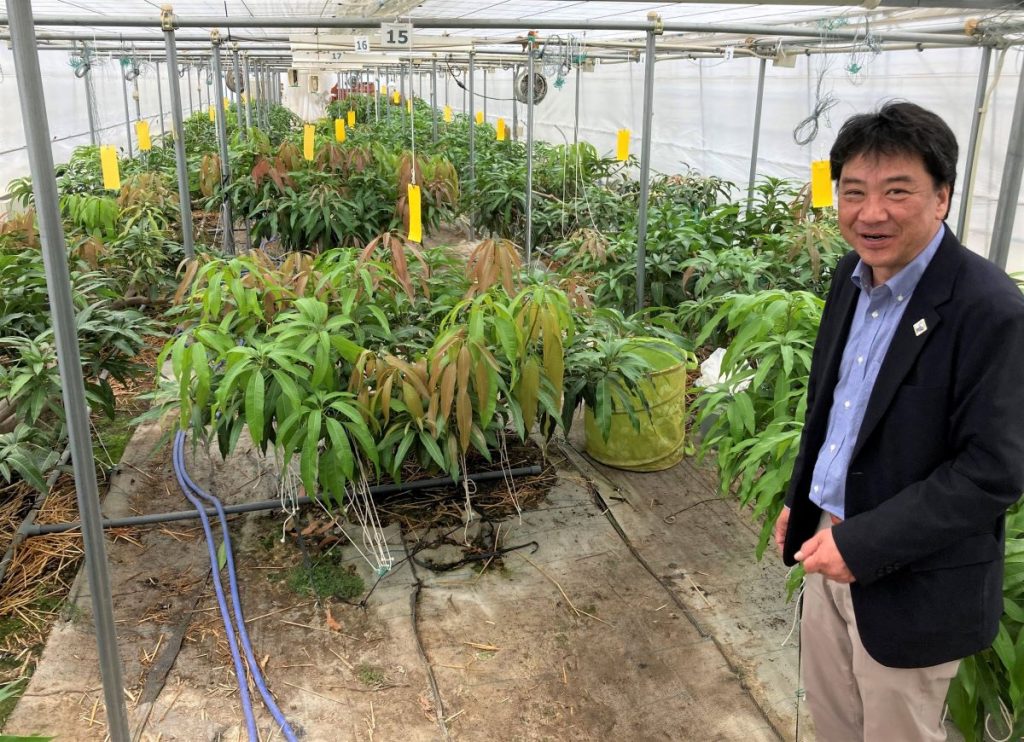
Sweet potatoes, tomatoes, and Japanese mustard spinach are among other crops grown. The sweet potatoes are cooked and processed into a dried sweet potato snack. These are then sold at local roadside rest areas.
In a demonstration project marking the tenth year of the farming initiative, the city is testing the use of thermal energy for temperature control in sturgeon aquaculture tanks. The fish are growing well and could be ready for sale within the year.
A Rare Hydrogen Station
Notably, the town also has one of the few hydrogen stations in Hokkaido. Fuel cell vehicles (FCVs), a decarbonized transportation option, depend on hydrogen supply stations. The plant produces hydrogen from the methane in biogas and sells it at the "Shikaoi Hydrogen Farm," a station built in May 2022 by two private companies. This is the only station in Japan that sells hydrogen derived from livestock manure. Tourists traveling around Hokkaido in FCVs also visit the station.
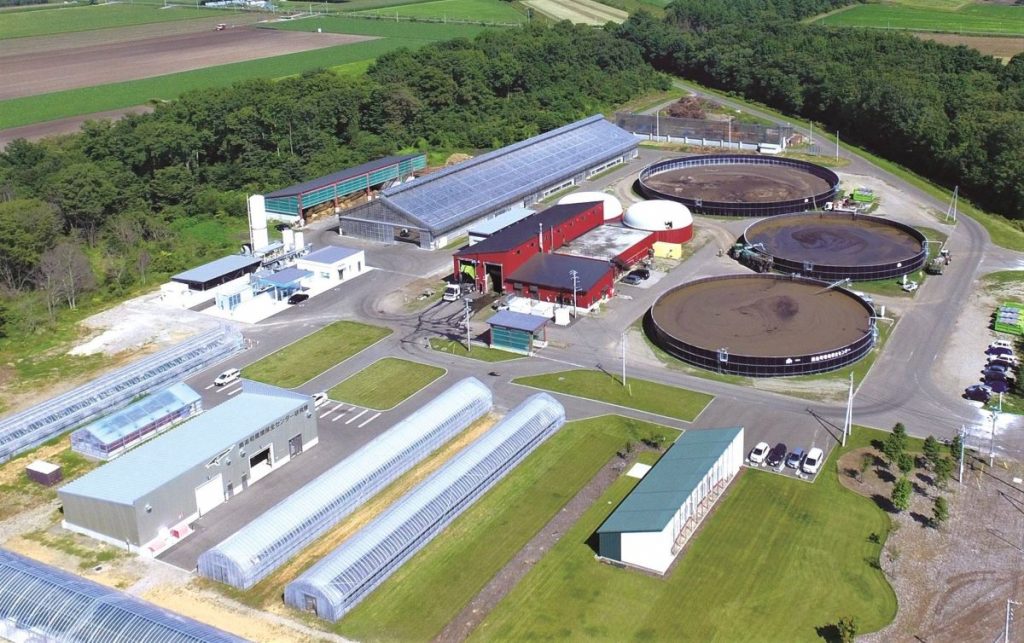
The town has adopted FCVs for some of its official vehicles, and the station has drawn interest across Hokkaido as a rare hydrogen supply point.
Expectations from Dairy Farmers
The total project cost to build the Environmental Conservation Center was ¥1.745 billion JPY ($11 mil. USD). However, the town's burden was limited to ¥350 million thanks to subsidies from national and Hokkaido governments. In 2016, a second plant capable of processing manure from 3,000 heads of cattle per day was established in another area of town. Roughly two billion of the total ¥2.9 billion ($18.5 mil.) was covered by national subsidies.
The usage fee for both centers is ¥12,570 ($80) per head per year. Initially, reactions from farmers about the burden of new costs were negative. But the benefits, such as reduced labor and time for making manure fertilizer, have become apparent, and no contracts have been canceled as of yet.
About 80 households in the town are engaged in dairy farming. Of these, about 30% contract for manure processing. "Covering the entire town is difficult given the current processing capacity and collection area, explained Kenichi Shiroishi, head of the town government's Agricultural Promotion Division. "Many farmers not yet in the program are eager for a new center to be built," he added. The town is currently considering additional facilities.
Starting as a project to improve bad smells in the town, the livestock biomass energy project in Shikaoi has had positive effects on the local economy and expanded the potential for renewable energy in the future.
このページを 日本語 で読む






